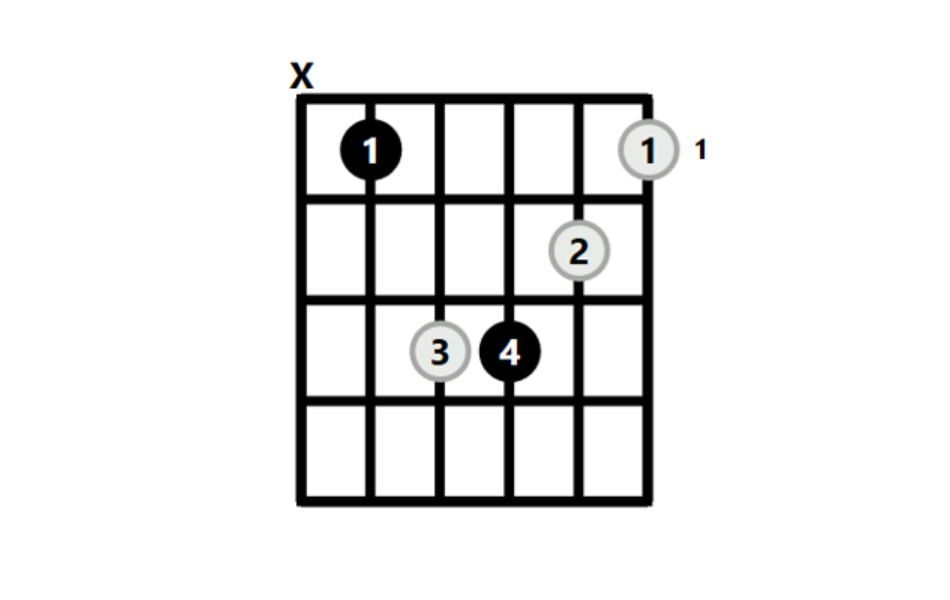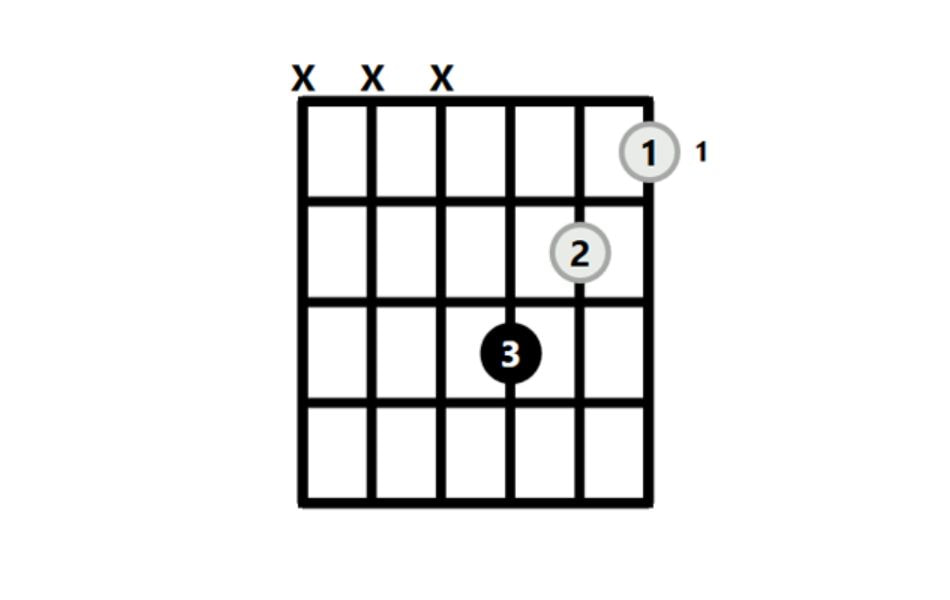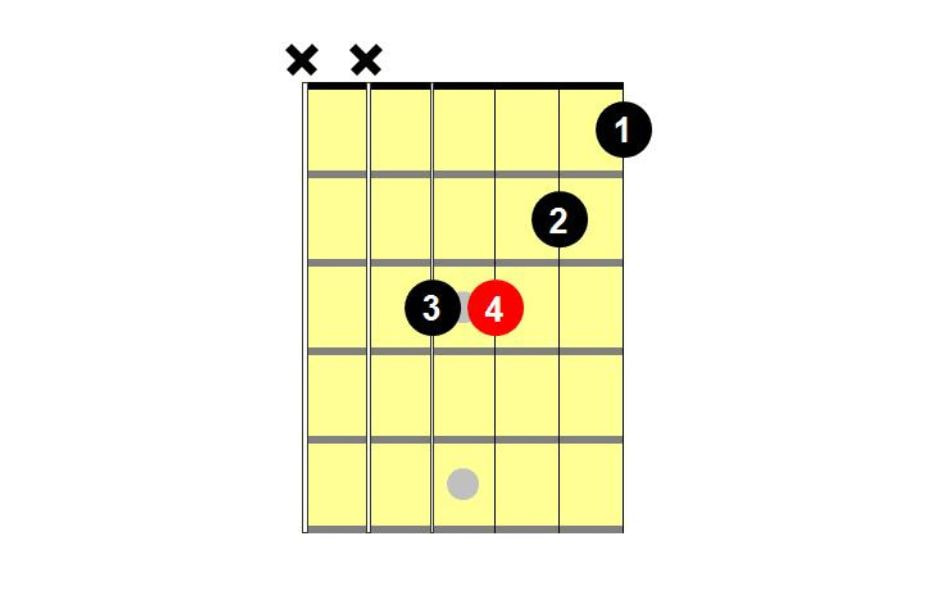Mastering A Sharp Minor Guitar Chord: Hand Position
The A sharp minor guitar chord is no longer unfamiliar to guitarists. In addition to basic chords like major and minor, expanding and enhancing skills with chords can help you create more captivating sounds. The following article will address all your inquiries as you explore this chord.
What is a sharp minor guitar chord?
The A sharp minor guitar chord, or A#m, consists of three main notes: A# (A sharp), C# (C sharp), and F (F). Here's a brief explanation of the theory behind the A# minor chord:
- A# (A sharp) - The Root Note:
A# is the foundational note of the chord, often referred to as the "root" note. In the A# minor chord, this is the note from which the chord takes its name.
- C# (C sharp) - The Minor Third:
The C# is the second note of the A sharp minor chord and is known as the "minor third." It is three semitones above the root (A#). The presence of the minor third gives the chord its minor quality.
- F (F) - The Perfect Fifth:
The F is the third note of the A sharp minor chord and is known as the "perfect fifth." It is seven semitones above the root (A#).
The A# minor chord, also written as A#m or Bb minor (B flat minor). In a musical context, the A# minor chord has a somber and melancholic sound due to its minor quality. To play the A# minor chord on the piano or keyboard, you would typically press A#, C#, and F keys simultaneously. On the guitar, you can achieve this chord by placing your fingers on the corresponding frets for the A#, C#, and F notes.Some popular A# minor chord
Standard A sharp minor guitar chord
The A#m chord, also known as Bbm, is frequently played using the root-5 minor chord shape, beginning at the first fret on the guitar. For many guitarists, the Bm chord is a familiar starting point, rooted at the second fret. Bm often marks one of the initial barre chords tackled by guitarists.
Interestingly, the Bbm chord shares the same shape as the Bm barre chord (root-5), with the distinction of being positioned one fret lower on the fretboard. This similarity in shape facilitates a smooth transition for those already acquainted with playing the Bm chord. It allows them to explore the melancholic tones of A#m with ease.

Easy A#m chord
The simplified or 'mini' rendition of the A#m chord involves a straightforward finger placement. By pressing down the first fret on the first string, the second fret on the second string, and the third fret on the third string, you can effortlessly produce the A#m chord.
Essentially, this simplified version represents the initial three strings of the typical barre chord for A#m (as illustrated earlier). Utilizing this easy variation serves as a great stepping stone for those finding the full barre chord challenging. It provides a smooth introduction to incorporating the A#m chord into your playing, especially if the barre chord variant initially presents a level of difficulty.

Advanced A sharp minor chord
This particular chord shape serves as a bridge between simpler, open chords and the more challenging barre chords. It acts as the ideal intermediary chord for those grappling with the complexities of barre chords.
To form A sharp minor guitar chord, begin by locating the 3rd fret on the D string (4th string). Use your 3rd finger to press down on this fret to produce the respective note. Next, locate the 3rd fret on the G string (3rd string) and fret this note using your 4th finger.
Move on to the B string (2nd string) and find the 2nd fret. Employ your 2nd finger to press down on this fret to generate the corresponding note. Lastly, on the high E string (1st string), position your 1st finger on the 1st fret.
Press down to produce the final note of this chord. Mastering this shape not only expands your chord repertoire but also reinforces your finger dexterity, gradually paving the way to conquer more complex chord formations.

Hopefully, this article has provided you with a clearer understanding of the A sharp minor guitar chord. Don't hesitate to experiment and build your skills with this chord. Remember, progress in music takes time, patience, and passion. Keep practicing, creating, and exploring music, for that is the key to becoming a talented guitarist. Wishing you success on your musical journey!








